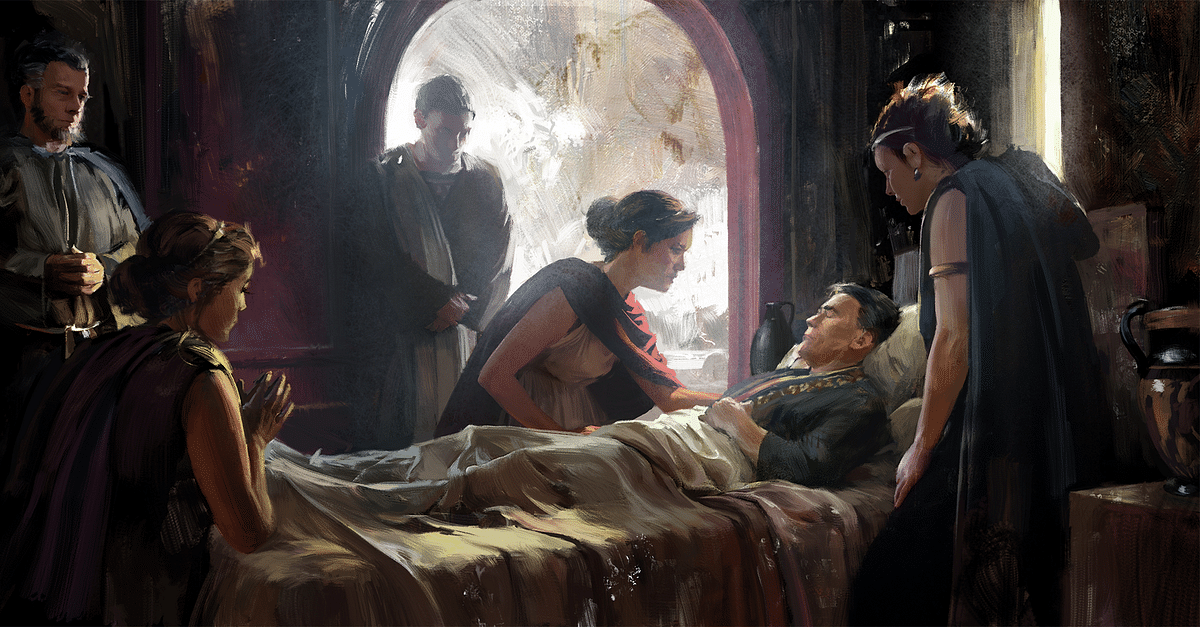Making & Administering Pharmaceuticals
THE FOUR STANDARD INGREDIENTS OF ANCIENT ROMAN PHARMACEUTICALS WERE OIL, VINEGAR, WINE, & HONEY.
Plant, animal, and mineral ingredients were ground and mixed using basic tools like mortar and pestle. They could then be combined into an almost infinite array of ointments, lozenges, pills, and suppositories. Medicinal draughts and teas could be drunk or sopped up with pieces of bread. Washes and rinses were often used to treat wounds and afflictions of the ears or eyes. Another common method of administering medicine involved burning ingredients and fumigating bodily orifices with the smoke.
The other ingredients of Roman medications included a spectrum of beneficial, neutral, and actively harmful substances. Plants and their derivatives were the most widely used class of ingredients. Ash and metals, especially lead and copper oxides, were also commonly employed. Roman medications also sometimes included blood, excrement, urine, insects, and animal parts. Blistering beetles, which contain the potentially fatal chemical cantharidin, were applied to chemically burn off warts and consumed to induce erections.


